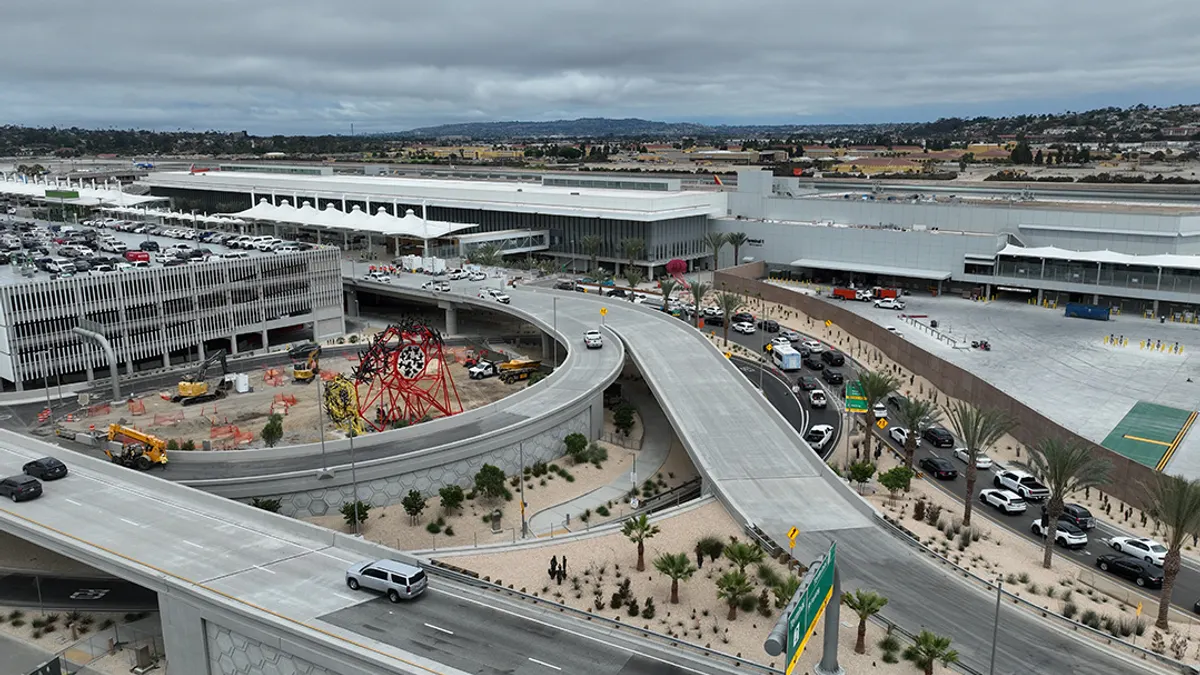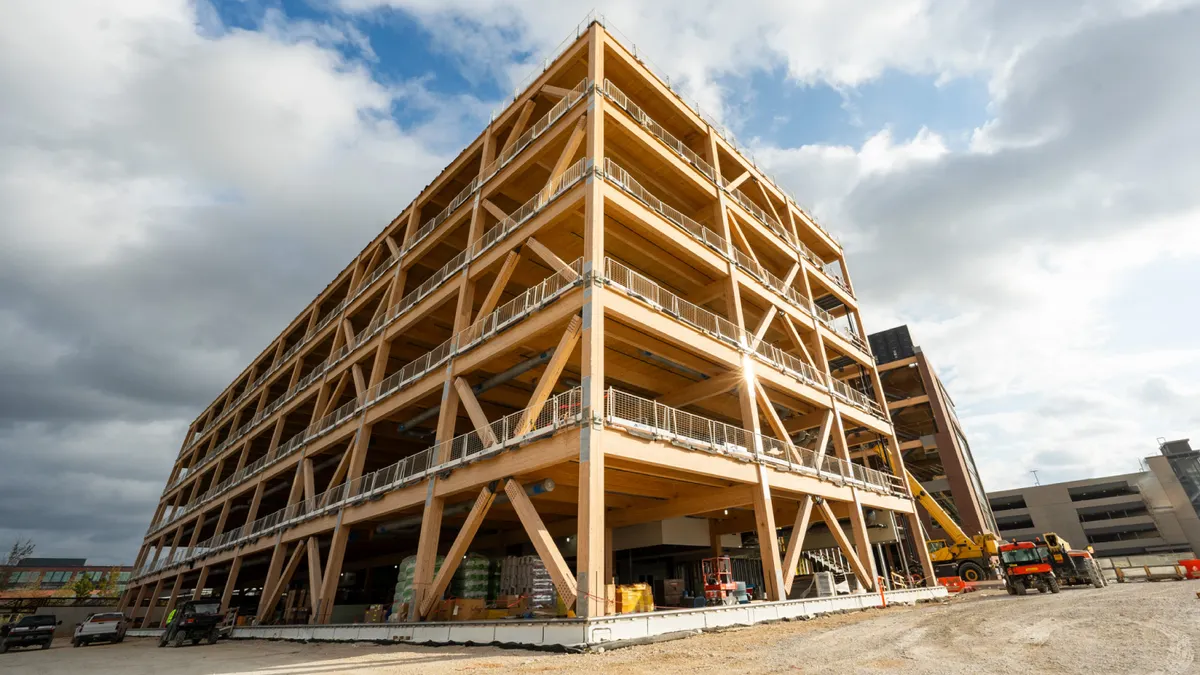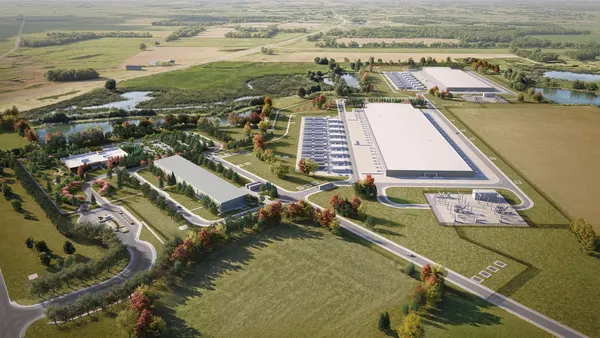Dive Brief:
- In an effort to ensure a steady flow of tourists and gambling dollars, the Regional Transportation Commission of Southern Nevada is proposing a $12 billion, 30-year plan to connect Las Vegas visitors from the airport to downtown via a light rail system, the Associated Press reported. However, the plan does not include provisions for the $3.7-$6.6 billion that local, state and federal funding does not cover, nor does it include the cost to actually build and maintain the light rail system — $2.1-$12.5 billion, depending on the location for the tracks.
- The plan includes more than just a light rail system, as the transportation officials' vision also features wider sidewalks, more pedestrian bridges crossing the Las Vegas Strip and extra monorail stops. The $650 million monorail system, which only travels a few miles behind the Strip, declared bankruptcy in 2010 and has since been campaigning to increase ridership
- The plan will get another 60 days for public review before a vote in March by the Regional Transportation Commission. The final design for the project will not come until well into the project, taking into consideration the time the system will take to build.
Dive Insight:
Consultant Jeremy Aguero,a Las Vegas-based analyst and co-author of the plan, told the AP the price tag is relatively small when considering the area’s $95 billion tourist economy.
However, the issue of cost concerns over major transportation projects has been in the spotlight recently, with the Boston Green Line extension debacle. After delays and cost overruns of nearly $1 billion, the Massachusetts Bay Transportation Authority canceled contracts with all of the project’s lead contractors and consultants and plans to re-bid the remaining work.
Nonetheless, in a city with such a heavily traveled airport-to-Strip route, it is surprising that this idea has not already been in the works for Las Vegas.
"It just blows me away that we still have not moved forward on that," Clark County Commissioner Chris Giunchigliani said during a meeting this week.
As it stands now, a single, large convention can create logjams at taxi stands, and convention organizers are left to bear the cost of shuttle buses between the airport, hotels and convention centers, according to the AP.
"You have three of the largest convention centers and so many hotel rooms," Karen Chupka, senior vice president with large trade-show organizer CES, said. "It only makes sense that you should have a world-class transportation system."












